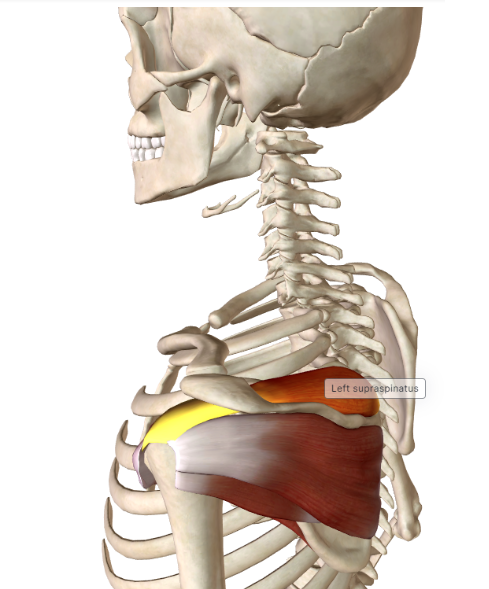Subacromial Impingement Syndrome

Best treatment for subacromial impingement.
Treatment for subacromial impingement is similar to that of a rotator cuff injury. In most cases of impingement, treatment is conservative and the injury can be managed via exercise.
Physiotherapists will often analyse movement of your shoulder blade and may also passively mobilise your shoulder joint to promote mobility. The shoulder blade can often play a large role in subacromial impingement. This is because position of the shoulder blade directly impacts the subacromial space, less space can increase the chances of impingement.
In cases of subacromial impingement that do not respond to physiotherapy, surgery can be done to decompress the area - effectively creating more space between the humeral head and acromion.
Click here to view our self-assessment tool to see if you need to get your shoulder assessed.
Best exercises for subacromial impingement.
What is Subacromial Impingement?
Subacromial impingement is known by a number of names although it is commonly referred to as swimmer’s shoulder.
Subacromial impingement is where the tendons of the rotator cuff become irritated where they pass underneath the acromion (tip of your shoulder) before attaching onto the humerus. This irritation can result in a loss of movement, weakness or pain at the shoulder.
Subacromial impingement is best classified as a cluster symptoms as there are multiple factors that can contribute to the formation of the condition.
How do I know if I have Subacromial Impingement?
The main symptoms associated with subacromial impingement are very similar to that of a rotator cuff injury.
Common symptoms of impingement are lateral shoulder pain with movements that ‘close down’ the space between the head of the humerus (ball joint) and the acromion (tip of the shoulder blade). These include reaching for objects, putting the arm in a coat or doing up a bra
Pain is commonly felt on the outside of the shoulder with often some referral down the arm.
In many cases patients report a "catching" feeling about halfway up as they move their arms above their head. The feeling eases off as they move past the point of catching.
What causes Subacromial Impingement?
This is a question argued by many professionals as there are many schools of thought as to why subacromial impingement forms.
Currently causes of subacromial impingement are listed as subacromial or osteoarthritic spurs, variations in shape of the acromion, thickening of ligaments within the joint space, inflammation and thickening of the bursa and a loss of function of the rotator cuff.
You may require only one of these impairments or multiple to develop SAI, but in all cases treatment remains the same.
How do I diagnose Subacromial Impingement?
Subacromial impingement is best diagnosed with imaging either with ultrasound (US) or magnetic resonance imaging (MRI).
An MRI will be more accurate at identifying the soft tissues of the shoulder in more detail although an US is sufficient to diagnose any irritated structures. These imaging modalities can show the location and which structures are involved.
Physiotherapists are able to diagnose/speculate subacromial impingement involvement based on the range and quality of movement + level of strength produced by the shoulder.
If your physiotherapist suspects subacromial impingement, he/she may refer you for a scan to obtain a formal diagnosis.
Related Shoulder Pain Blogs

How to sleep with a sore shoulder - link here
Why is my shoulder pain not going away - link here
How do you know it's serious - link here
Is exercise good for my pain? - link here
Should I stretch? - link here
